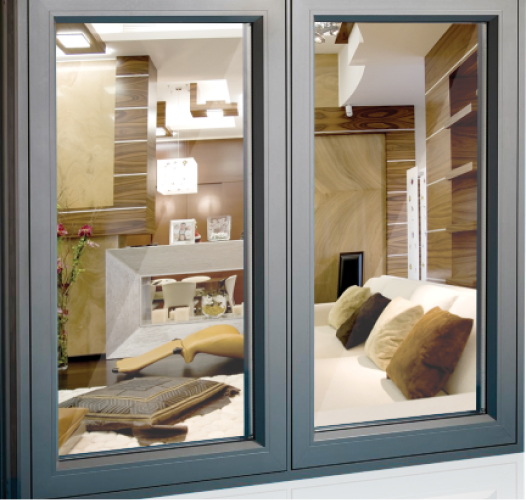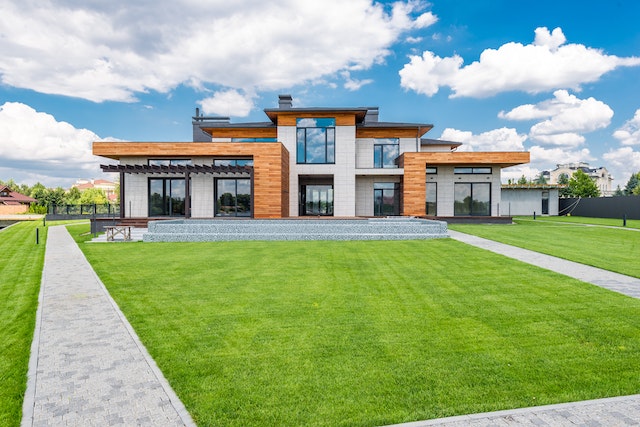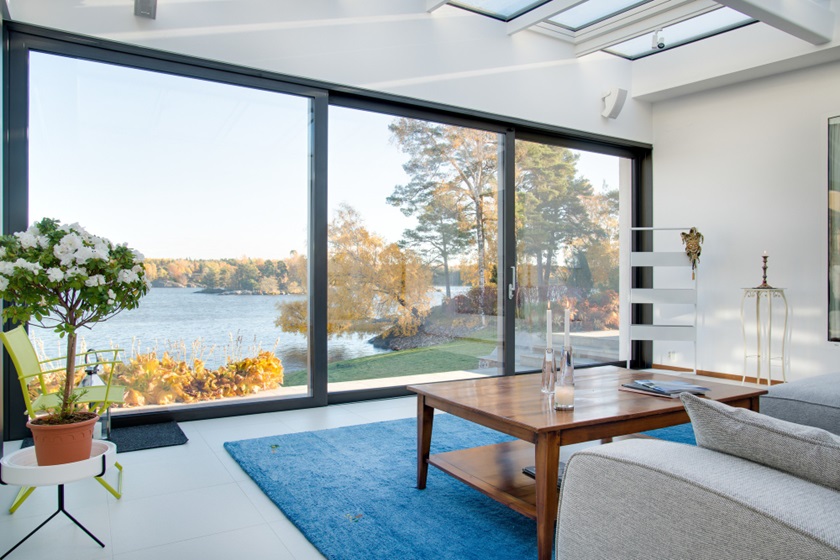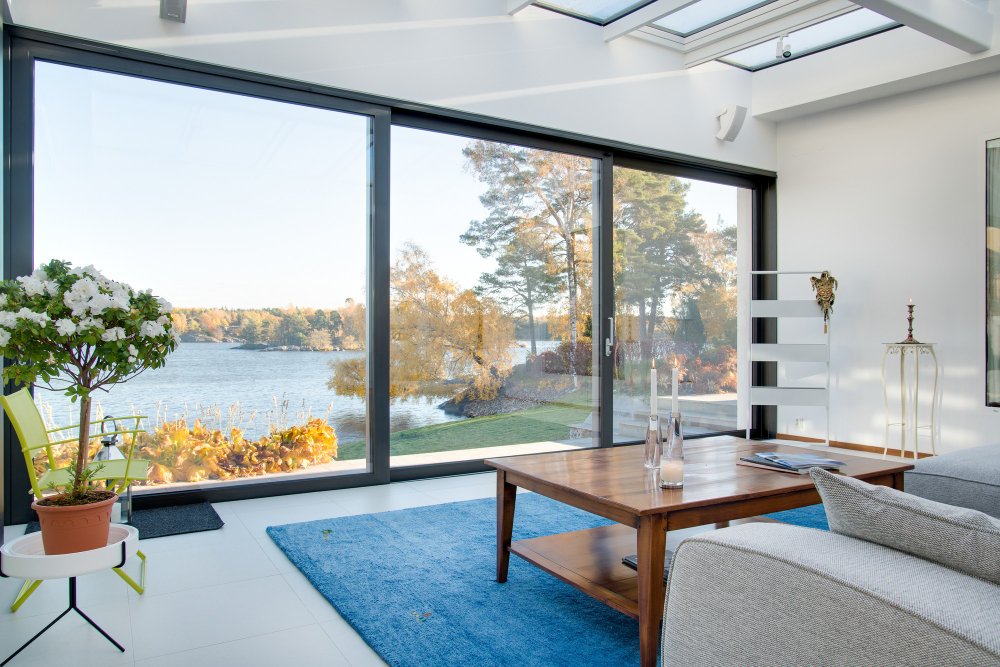In the pursuit of energy-efficient buildings and improved thermal performance, the use of thermally broken frames for double glazed windows and doors has gained significant popularity. Thermally broken frames offer numerous advantages over traditional frames by reducing heat transfer, enhancing energy efficiency, and providing increased comfort. In this article, we will explore the concept of thermally broken frames, their benefits, and why they are an excellent choice for modern buildings.
Understanding Thermally Broken Frames:
A thermally broken frame refers to a construction technique that incorporates a thermal barrier or insulating material between the interior and exterior sections of the window or door frame. This barrier helps to minimize the transfer of heat or cold between the inside and outside environments, effectively breaking the thermal bridge that exists in traditional frames. The thermal barrier is typically made of materials with low thermal conductivity, such as polyamide or fiberglass, which are inserted into the frame profile.
Types of Aluminium Double Glazed Windows with Thermal Broken Frames:
When it comes to aluminium double glazed windows that are perfectly fitted with thermal broken technology, there are several types available to suit different architectural styles and preferences. Here are some of the common types of aluminium double glazed windows with thermal broken frames:
Casement Windows:
Casement windows are hinged on one side and open outward. They are known for their simplicity and versatility, fitting well in both modern and traditional designs. With thermal broken frames, casement windows provide excellent insulation and energy efficiency.
Awning Windows:
Similar to casement windows, awning windows are hinged at the top and open outward from the bottom. They are ideal for ventilation and can be left open even during light rain showers. Thermal broken awning windows offer enhanced thermal performance and insulation.
Sliding Windows:
Sliding windows have one or more horizontal panels that slide horizontally to open or close. They are a popular choice for modern designs, offering unobstructed views and easy operation. With thermal broken frames, sliding windows provide improved energy efficiency and thermal insulation.
French Windows:
They typically consist of two panels that provide a wide opening and are often used to connect indoor and outdoor spaces, such as a patio or garden. When equipped with thermal broken frames, French windows offer enhanced insulation and energy efficiency while adding a touch of elegance and charm to the architecture.
Tilt & Turn Windows:
Tilt & turn windows are versatile and practical. They can be opened in two ways: tilting inwards from the top for ventilation or swinging inward like a casement window for a larger opening. This dual functionality allows for easy cleaning and flexible airflow control. With thermal broken frames, tilt & turn windows provide improved thermal performance, insulation, and security.
Benefits of Thermally Broken Frames:
Improved Energy Efficiency:
One of the primary benefits of thermally broken frames is their ability to enhance energy efficiency. By reducing heat transfer through the frame, they minimize thermal loss during the colder months and prevent heat gain during the hotter months. This results in reduced reliance on heating and cooling systems, leading to lower energy consumption and cost savings.
Enhanced Thermal Comfort:
Thermally broken frames contribute to improved thermal comfort inside buildings. By preventing the transfer of cold or hot temperatures from the exterior, they create a more consistent and comfortable indoor environment. Reduced drafts and temperature fluctuations result in a more pleasant living or working space for occupants.
Condensation Prevention:
Condensation can be a common issue with windows and doors, leading to moisture-related problems and potential mold growth. Thermally broken frames help reduce condensation by maintaining a warmer internal surface temperature, which minimizes the chances of moisture buildup and related issues.
Sound Insulation:
In addition to thermal benefits, thermally broken frames also offer improved sound insulation. The insulating properties of the thermal barrier help reduce noise transmission, creating a quieter indoor environment, especially in areas with high noise levels, such as busy streets or airports.
Durability and Maintenance:
Thermally broken frames are designed to withstand various weather conditions and have excellent durability. They are resistant to corrosion, rot, and warping, ensuring a longer lifespan compared to traditional frames. Additionally, they require minimal maintenance, saving time and effort in upkeep.
Thermally broken frames for double glazed windows and doors are a significant advancement in building technology, offering numerous benefits for energy efficiency, thermal comfort, and durability. The incorporation of a thermal barrier within the frame construction helps to break the thermal bridge, reducing heat transfer and improving insulation. With lower energy consumption, enhanced comfort, condensation prevention, sound insulation, and durability, thermally broken frames are an excellent choice for modern buildings aiming for sustainable and energy-efficient designs.
When considering thermally broken frames, it is important to consult with reputable window and door manufacturers or suppliers to ensure the highest quality materials and proper installation. By investing in thermally broken frames for double glazed windows and doors, homeowners and businesses can create more comfortable and energy-efficient spaces while reducing their environmental impact.




